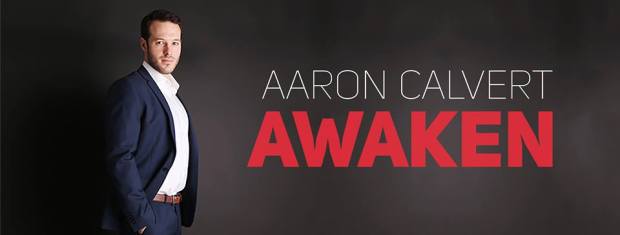☆☆☆☆
With the popularity of Stranger Things, eighties nostalgia is at an all-time high. However, that show itself is pretty scary. Some might prefer if it were an interactive comedy featuring pop music and led by a hypnotist, and those people are the target audience for Matt Hale’s Top Fun. With a vibe not unlike the silent disco dance party that regularly terrorizes Edinburgh city centre this time of year, but safely contained in a Fringe venue for the ethical fun seeker, Top Fun has been a regular sell out, and after experiencing it, it’s no surprise.
Hale is both a master hypnotist and the life and soul of the party he creates in every show. He has many willing volunteers at the reviewed show, and has no problem getting them hypnotized. If the odd volunteer seems to have snapped out of the hypnotic state a bit early, they play along in their own way. Hale has great rapport with his participants, and they clearly want the show to succeed even when the tricky business of hypnotism reveals its unpredictable nature. None of the activities he has them do are especially embarrassing; it’s a safe environment for those wanting to experience hypnotism.
Everything about the show, from the entry and exit music, to Hale’s outfit, and to all the activities performed by the hypnotized participants, is perfectly themed to the eighties. It’s impressive just how well he sticks to the theme, there’s not a single song or moment that isn’t impeccably eighties. Here in the birthplace of the Proclaimers (or about two miles from the birthplace of the Proclaimers, depending on your stance on Leith’s independence from Edinburgh) their most famous song is given the prominence that it deserves, and is well received by the audience.
Hypnotism is always a popular one at the Edinburgh Fringe, and with the on-trend eighties theme, Hale is proving especially sought after. However, as he points out, it’s not just him doing a trick, hypnotism is a give-and-take exercise, and the audience doesn’t really need to be hypnotized to have a good time and do silly things. Hypnotism may give his onstage participants permission to act a bit silly, but Hale himself gives the rest of the audience permission to be silly too. Top Fun lives up to its name, it’s truly a top fun place to be this Fringe.






